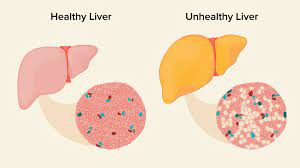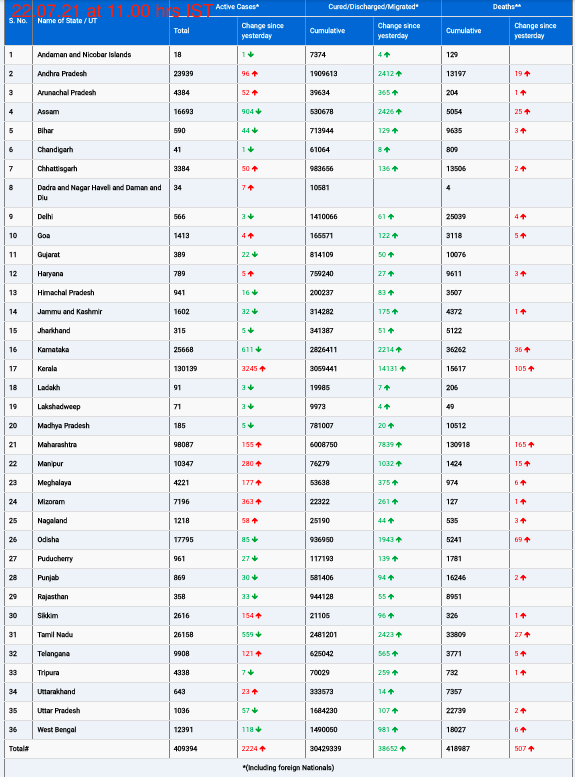
The infant mortality rate in the United States increased by 3% last year, marking the largest rise in two decades, as reported by the Centers for Disease Control and Prevention (CDC).
This increase disproportionately affected White and Native American infants, male infants, and babies born at 37 weeks or earlier. The CDC’s report, released last Wednesday, also highlighted significant increases in two leading causes of infant mortality—maternal complications and bacterial meningitis.
Marie Thoma, a researcher at the University of Maryland specializing in maternal and infant mortality, expressed concern about this shift, noting that it runs counter to the previous trend. Dr. Eric Eichenwald, a neonatologist based in Philadelphia, found the new data “disturbing” and acknowledged that experts can currently only speculate about the reasons behind this unexpected rise.
One potential contributing factor could be the rebound of RSV and flu infections in the fall after two years of pandemic precautions, leading to an influx of cases in pediatric emergency rooms nationwide. Dr. Eichenwald, who chairs an American Academy of Pediatrics committee focused on newborn care guidelines, suggested that this could be a factor.
Infant mortality is a measure of the number of babies who pass away before their first birthday. To account for variations in the number of births each year, researchers calculate rates to make more accurate comparisons over time. The infant mortality rate in the U.S. has historically been higher than in other high-income countries, with factors like poverty and inadequate prenatal care potentially contributing. However, advancements in medicine and public health efforts have led to gradual improvements in the U.S. rate.
Dr. Elizabeth Cherot, CEO of the March of Dimes, emphasized that the data underscores the need for better support for mothers before, during, and after childbirth.
The national infant mortality rate rose to 5.6 deaths per 1,000 live births in 2022, up from 5.44 per 1,000 the previous year, according to the new report.
While this increase may seem small, it represents the first statistically significant jump in the rate since the increase observed between 2001 and 2002, explained Danielle Ely, the lead author of the CDC report. Ely also noted that researchers could not determine whether the 2022 rise was a one-year anomaly or the beginning of a more sustained trend.
Overall, the death rate in the U.S. decreased by 5% in 2022, attributed to the diminishing impact of the COVID-19 pandemic, especially among those aged 65 and older. Maternal deaths in the U.S. also saw a decline last year.
More than 30 states saw slight increases in infant mortality rates in 2022, but four states—Georgia, Iowa, Missouri, and Texas—experienced statistically significant rises.
In terms of numbers, infant deaths in the U.S. exceeded 20,500 in 2022, which is 610 more than the previous year nationwide. Notably, Georgia saw 116 more infant deaths than the previous year, and Texas experienced 251 more.
Danielle Ely pointed out that it appears that some states may have a larger impact on the national rate, although smaller increases in other states also contribute. Identifying the specific places, policies, or factors driving the national statistic is challenging.
Georgia health officials stated that they are actively working to understand infant mortality trends in the state and pointed out that the 2022 rate was similar to rates in 2018 and 2019. They also noted that there may have been incomplete reporting in 2020 and 2021 during the initial years of the pandemic, potentially making the 2022 numbers a more accurate reflection of ongoing trends.











